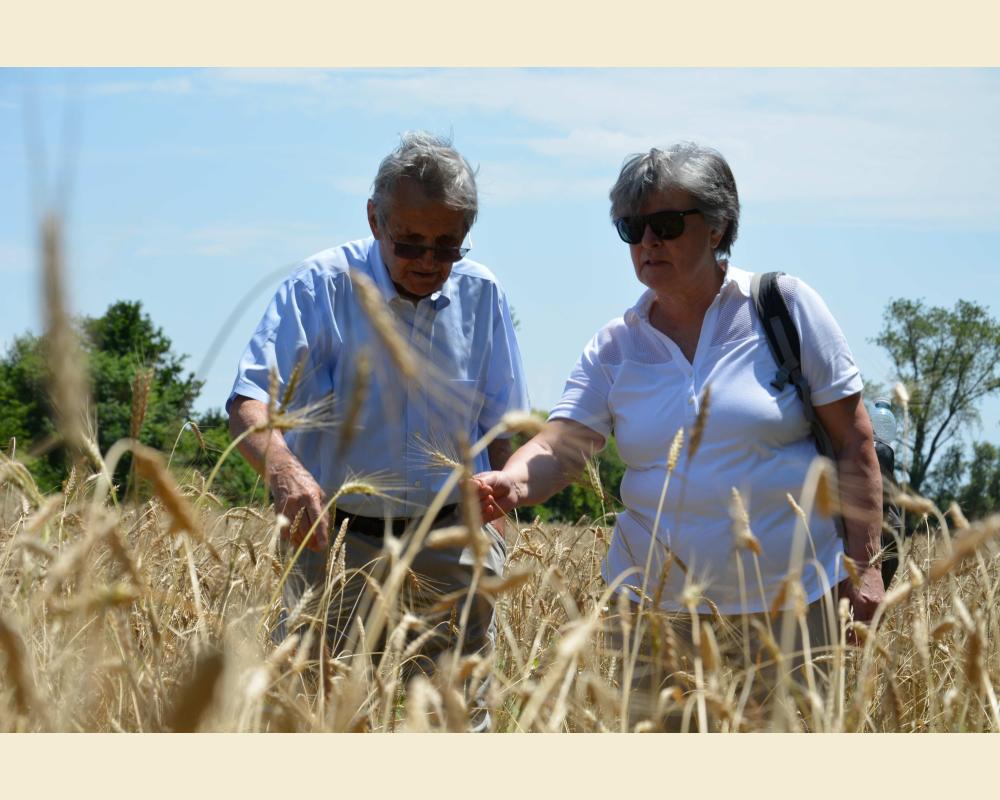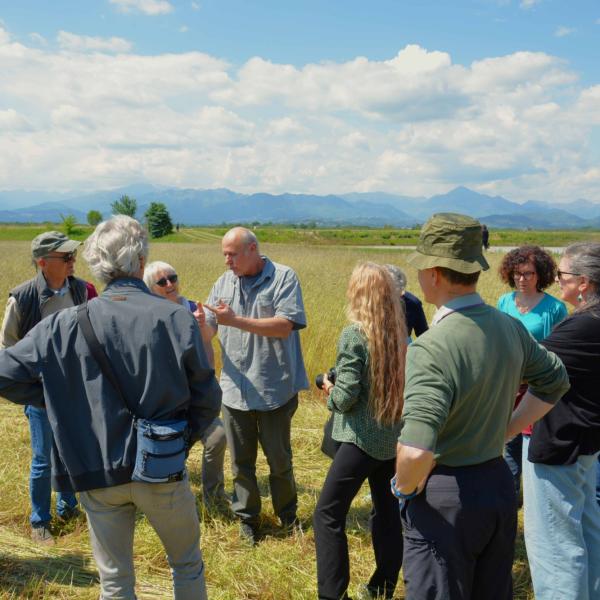The story of the Aleppo Mixture
Many populations with a single origin but which then differentiated themselves by adapting to many different environments.

When we talk about Aleppo Mixture, we must remember that in reality there are three Aleppo Mixtures, one of barley, one of durum wheat and one of common wheat. They owe their name to the fact that they were established in 2008 and 2009 when Salvatore Ceccarelli and Stefania Grando were working as genetic enhancers for barley at the ICARDA (acronym for International Center for Agricultural Research in the
Dry Areas) based in Aleppo, Syria.They are called Mixtures even if the correct scientific name is Evolutionary Populations, of Aleppo because that's where they were born.
At the end of 2007, after having practiced participatory genetic improvement for years in a dozen countries between the Middle East and North Africa, we realized that participatory genetic improvement had an element of weakness because at any time the collaboration of the Institution could fail. So we thought of evolutionary genetic improvement as a strategy for managing agrobiodiversity so flexible that it could be used by farmers both in collaboration with institutions
and independently.In 2008, we formed an evolutionary population of barley by mixing the seeds of 1600 crosses between varieties that came from all over the world, including the wild progenitor of barley. In 2009, we formed an evolutionary population of durum wheat by mixing the seeds of 700 crosses, and a common wheat population by mixing the seeds of 2000 crosses. In the case of durum wheat and common wheat, the varieties used were adapted to the arid climates of the Middle East and North Africa with the quality required by consumers in those regions and which distinguishes those flours that are defined as weak.
Evolutionary populations arrive in Italy
A small amount of seed from the three populations arrived in Italy in 2010 thanks to the Italian Association for Organic Agriculture (AIAB) and in the hands of the farmers of the El Tamiso Cooperative in 2021. Because of their origin and the very long scientific path that generated them, these three populations came with the name ICARDA evolutionary populations, a name that then, in the case of the seed of the hard and tender populations, was changed to Furat, which is the Arabic name for the Euphrates river. And it is under this name that the seed can be purchased from farmers who are authorized to market it.
Text by Stefania Grando and Salvatore Ceccarelli



